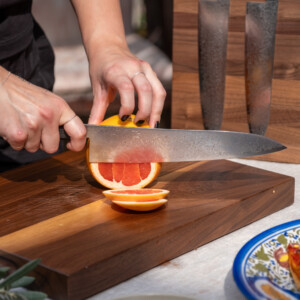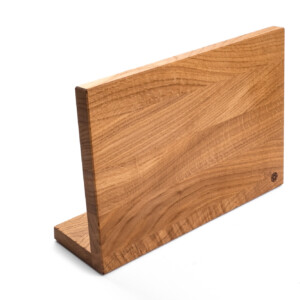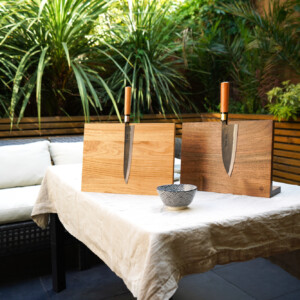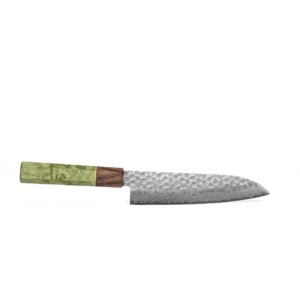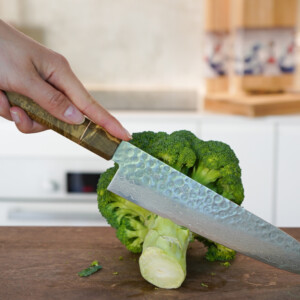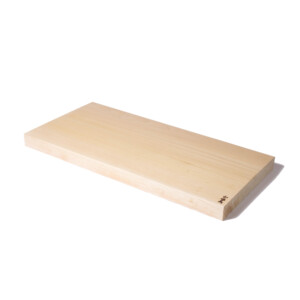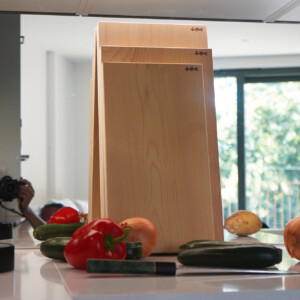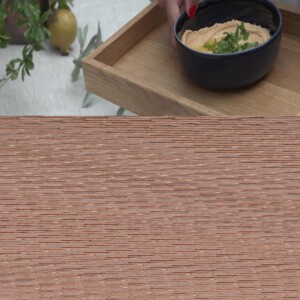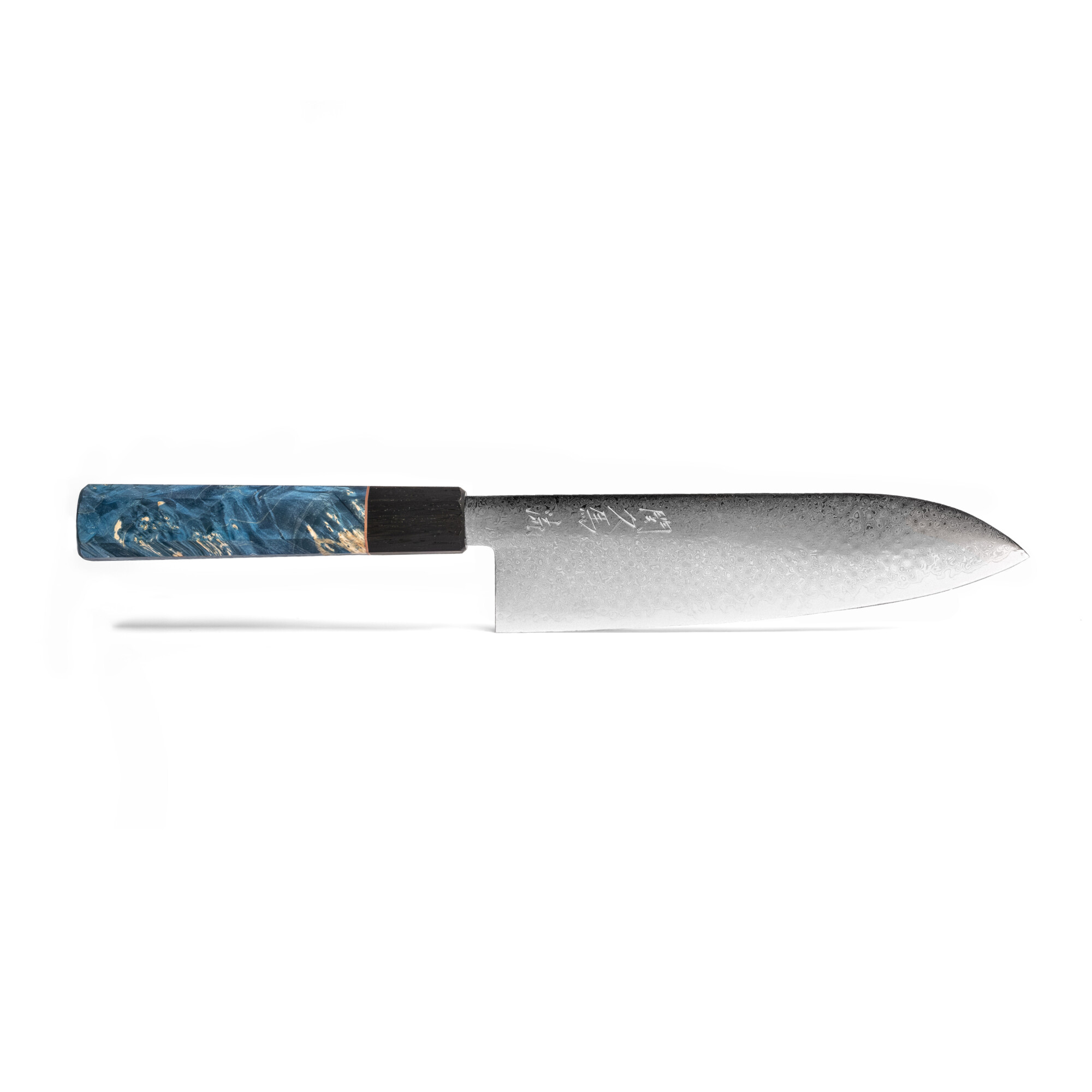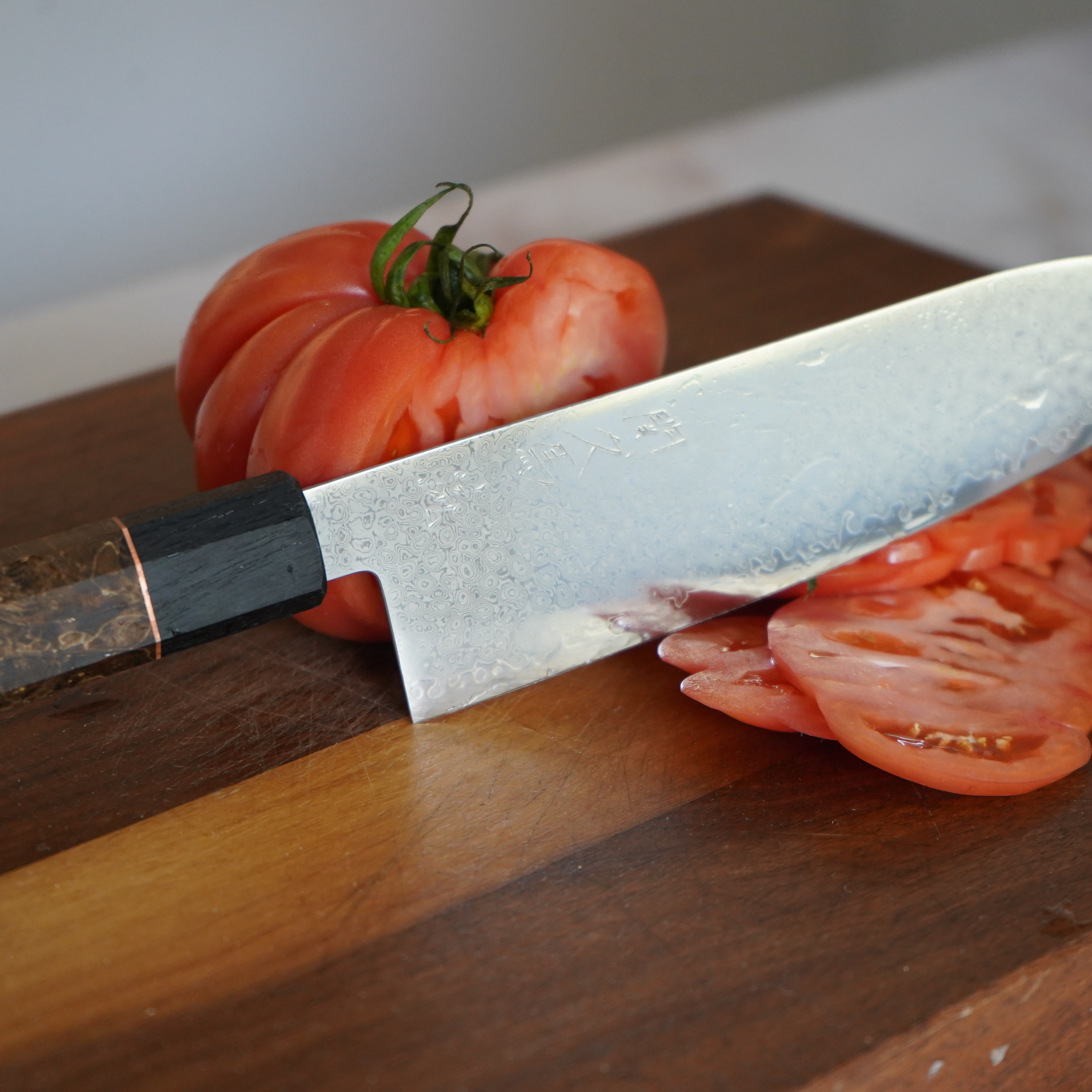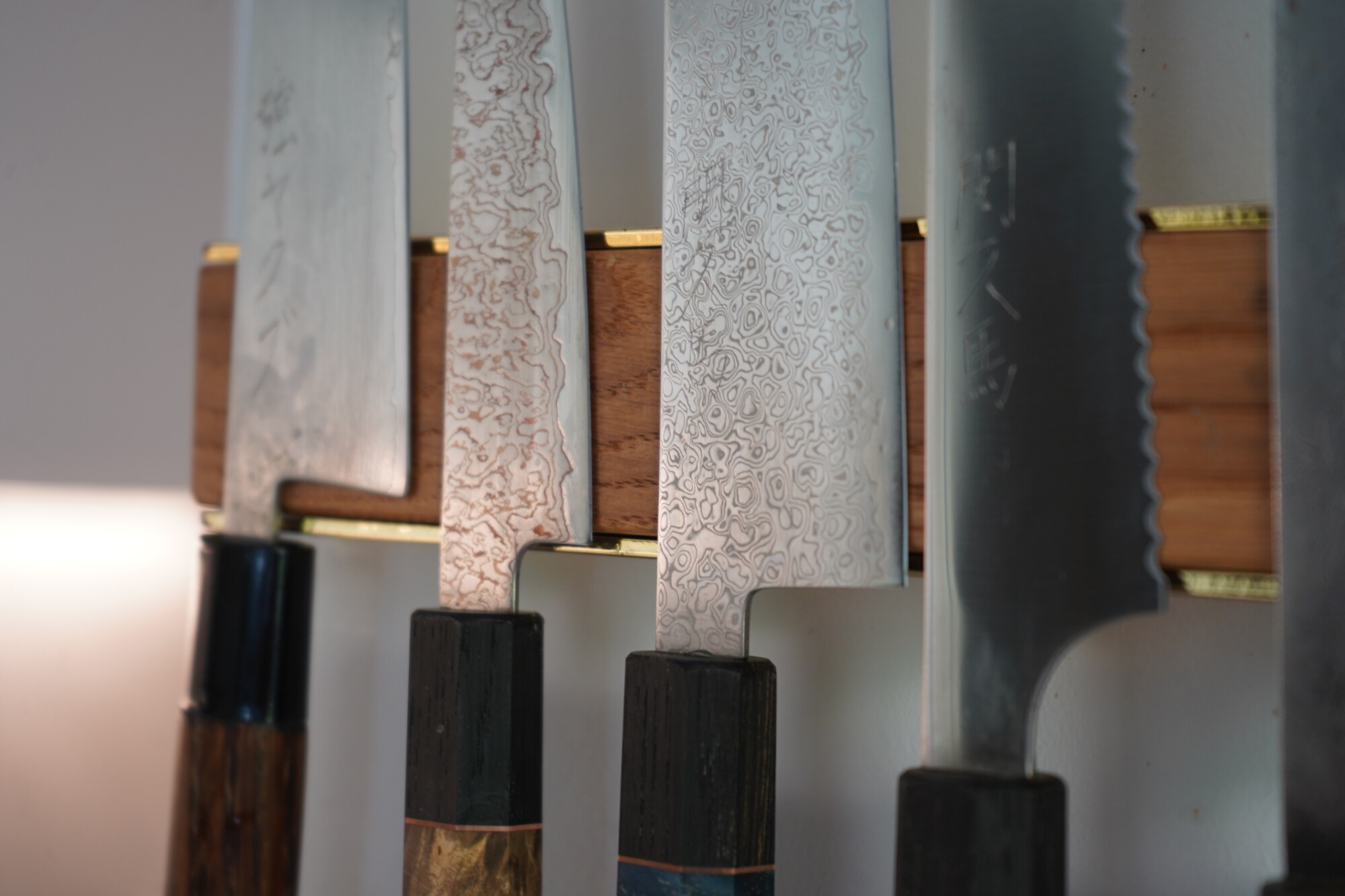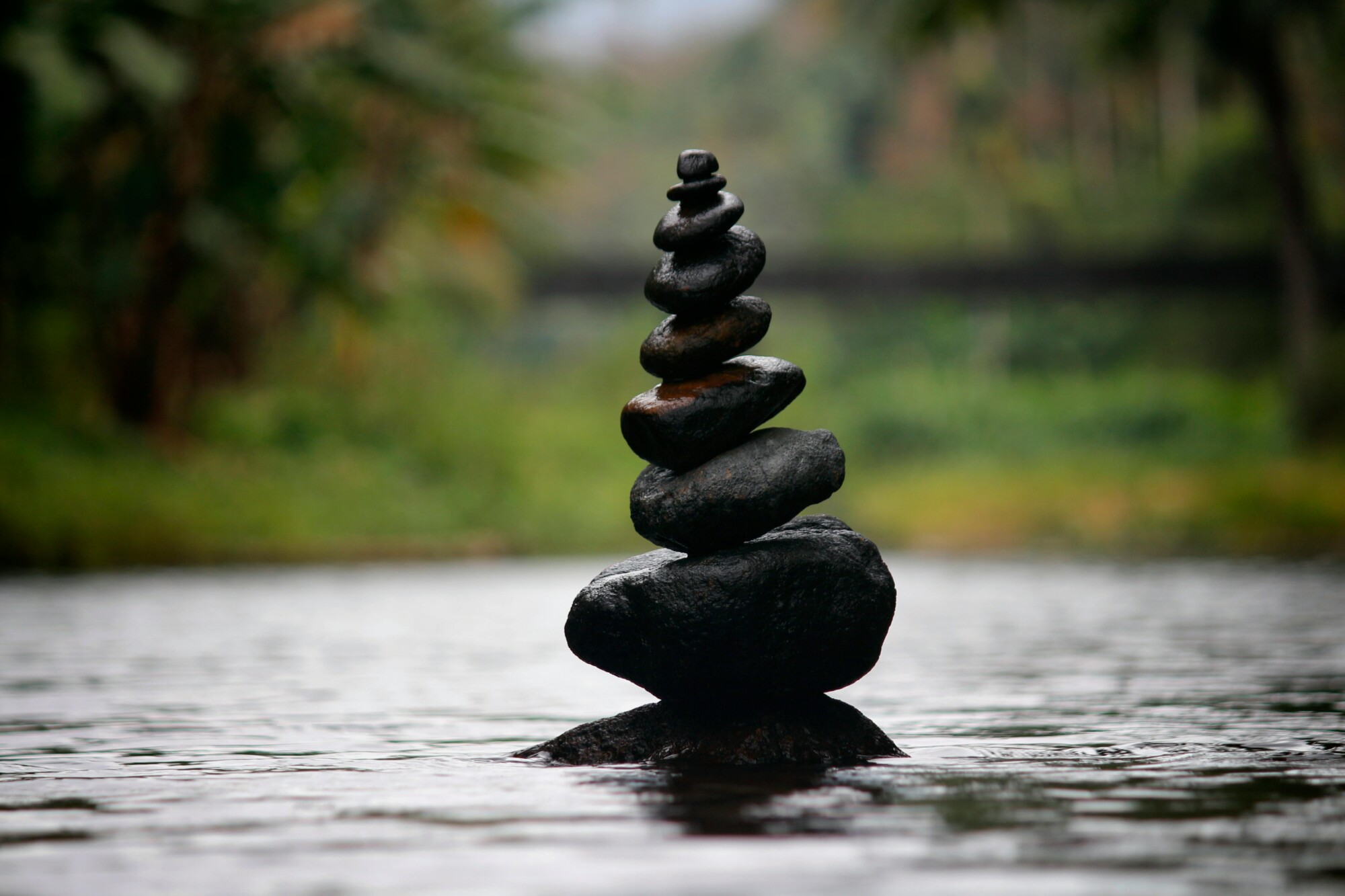A single stem never dies – goes the message from the Japanese floral philosophy of Ikebana. This isn’t a new concept. Far from it. In fact, Japanese Shinto priests – Japan’s indigenous religion – offered evergreen branches to the spirits for centuries to try to capture natural beauty. Then when buddhism came along in the sixth Century, Buddhist monks evolved these Shinto offerings into beautiful arrangements: the art of ikebana was born.

Hirozumi Sumiyoshi, Rikka, ca. 1700. Image via Wikimedia Commons
Ikebana (“living flowers”) is the Japanese art of flower arrangement. It is also known as Kadō (“way of flowers”). The tradition dates back to the 7th century when floral offerings were made at altars. Later, they were placed in the tokonoma (alcove) of a home. In contrast to the western habits of casually placing flowers in a vase, ikebana aims to bring out the inner qualities of flowers and other live materials within certain rules of construction and ultimately – express emotion.
Its materials are living branches, leaves, grasses, and blossoms. Its heart is the beauty resulting from colour combinations, natural shapes, graceful lines, and the meaning latent in the total form of the arrangement. It is a disciplined art form in which the arrangement is a living thing where nature and humanity are brought together. It is steeped in the philosophy of developing closeness with nature.
“Happiness is to hold flowers in both hands.”
– Japanese proverb
Ikebana is a way of arranging flowers according to ancient principles. Branches and flowers are placed at specific angles to represent ten (heaven), chi (earth), and jin (man). The way they’re placed represents the strength, delicacy, and ephemerality of living flowers. Funnily enough, the word ikebana comes from ‘ikuru’ – to live and ‘hana’ – flowers: literally ‘living flowers’.
If you’ve ever dabbled in floristry or arranged some flowers in vase, it’s easy to see why. The act of looking at a flower, admiring its shape, form, and colour. Then deciding to put it just so in a vase. It’s an art that restores our sense of inner harmony. A sort of lovely mix of therapy and meditation. Anyone can ikebana. It’s about trusting your intuition and creating something according to how you feel right at that moment. There’s no right or wrong. It’s your self expression!
“The whole universe is contained in a single flower.”
– Toshiro Kawase, Japan’s leading modern Ikebana Maste
The Ikebana Principles:
- Less is more: Where western-style arrangements go for flowers in a vase on mass to make an impact, ikebana goes for structure, space, and minimalism.
- Asymmetrical balance: It’s common to see tall branches balanced precariously in ikebana. That’s because it uses a 30/70 balance ratio, rather than the normal 50/50.
- It’s much more than just decoration: The art of creating an arrangement leads to self awareness (and happiness!).
- In and Yo: Japanese Yin and Yang is about opposites completing one another.
- Ephemerality: Ikebana aims to capture the fleeting beauty of things. A lot of ikebana arrangements feature a bud to represent the promise of hope.
- Space: Not just emptiness, but an important part of the design as a whole.
DIY: At Home
Many of the tools needed for ikebana will seem familiar: sharp scissors to trim stems, containers of different shapes – from cylindrical vases to shallow dishes, and something called a kenzan that is a sort of heavy lead pincushion to fix stems to. If you want to give it a go for the first time, we suggest going for a nice tall cylindrical vase! And if you don’t have a pair of secateurs, using a sharp knife (not serrated) will do the trick. Because of their simplicity, the best place to put an ikebana arrangement is a clear space that’s not too cluttered.
Happy arranging!
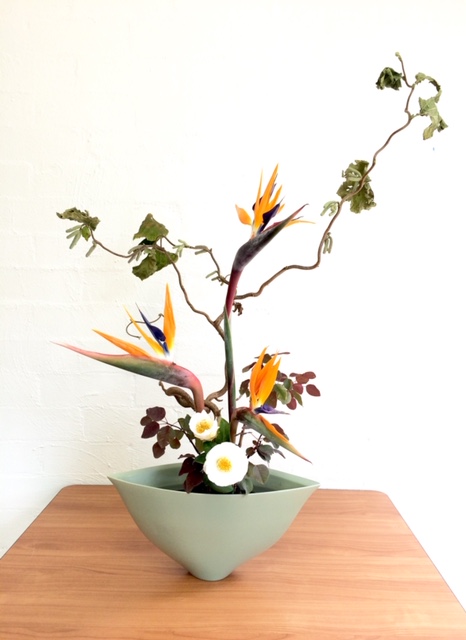
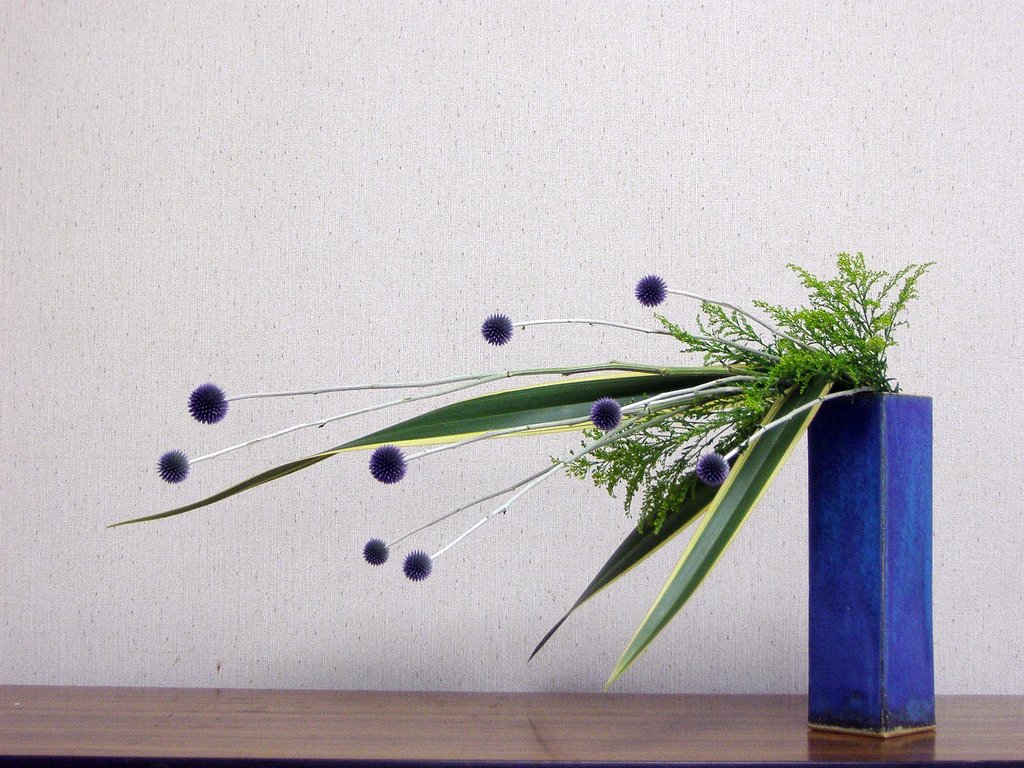
Flickr: ikebana by Tel Qel
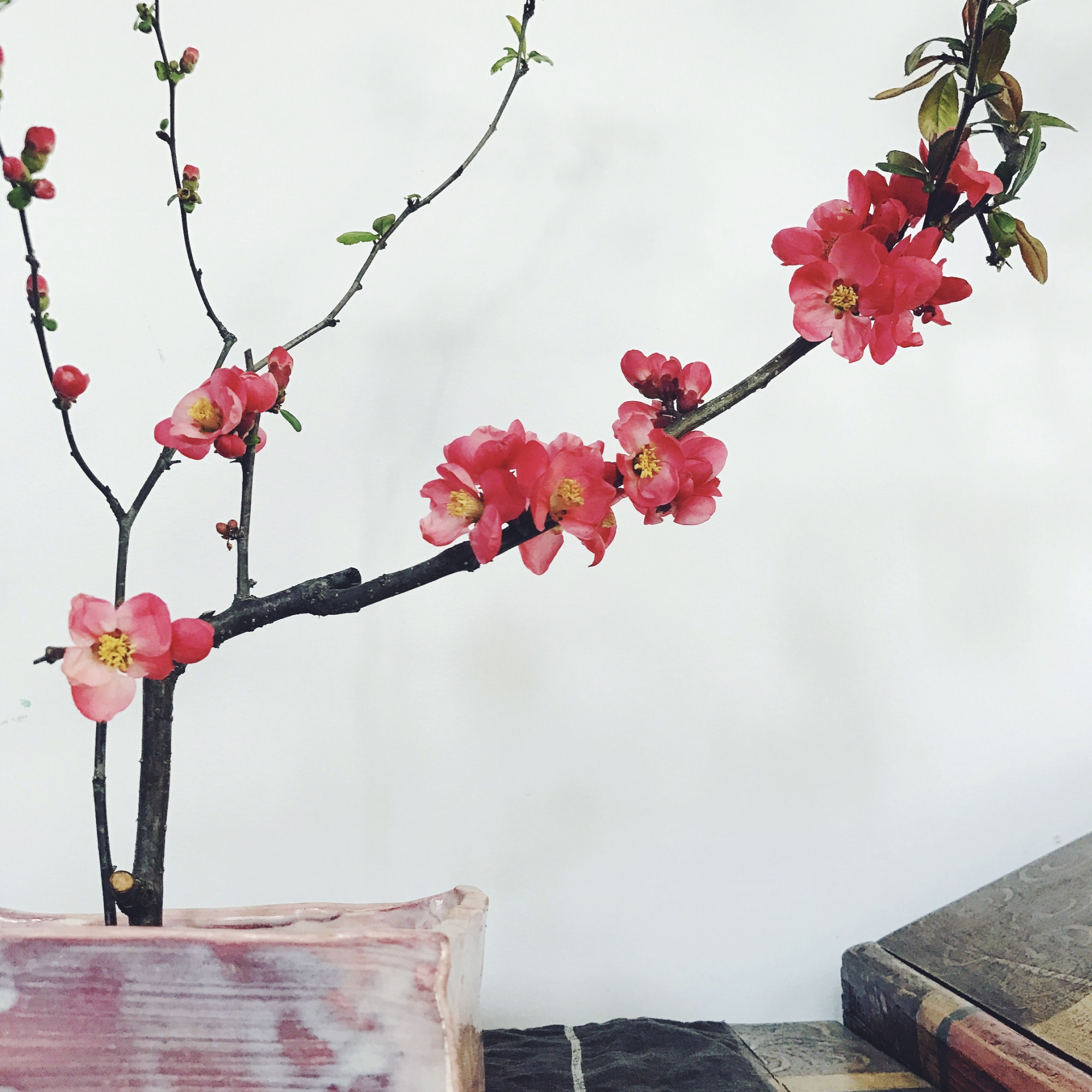
Source: Flickr, Ueha nochi
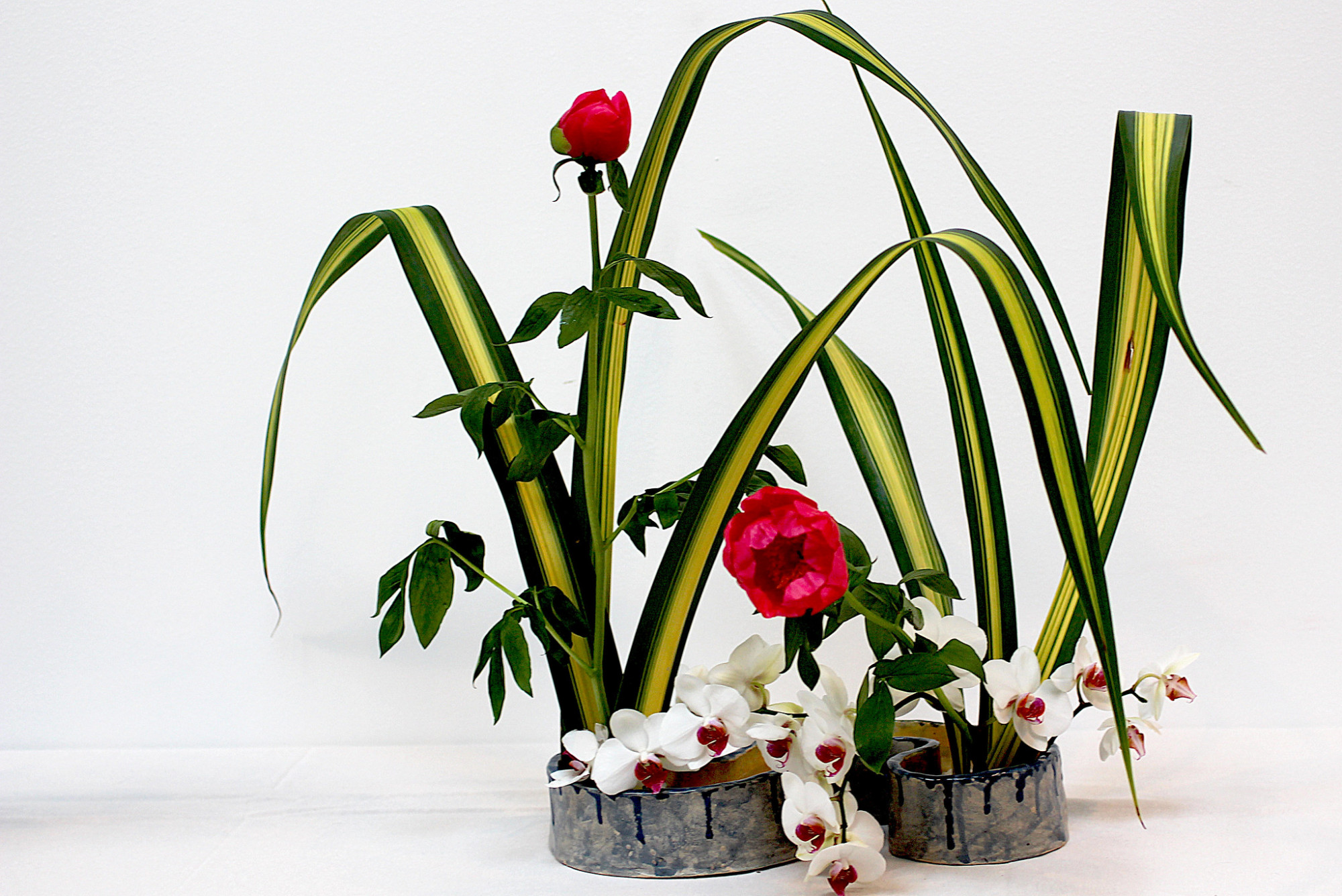
Source: Flickr, ikebana manuel m. v.














